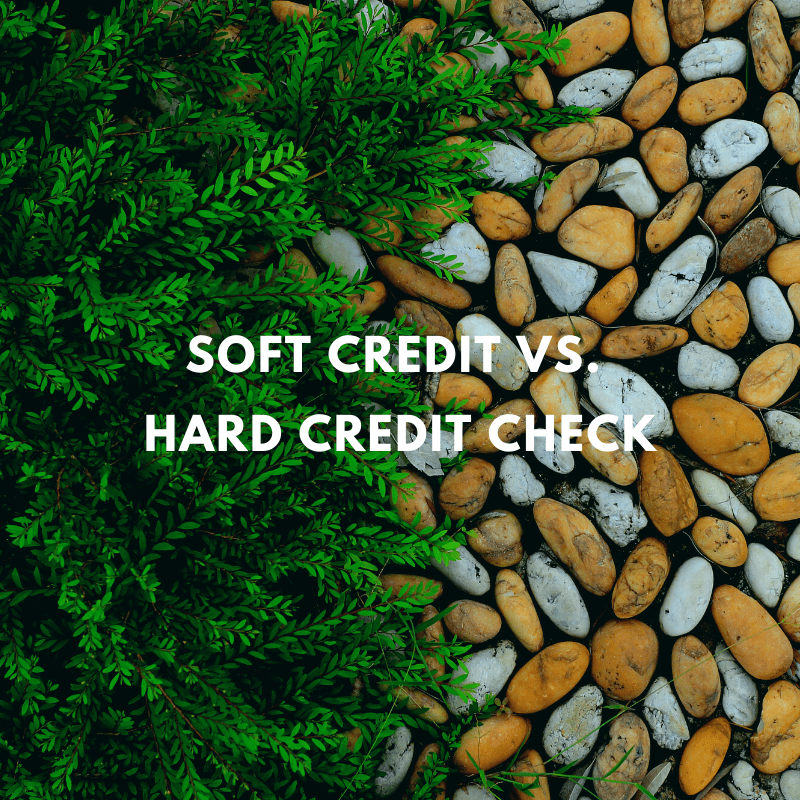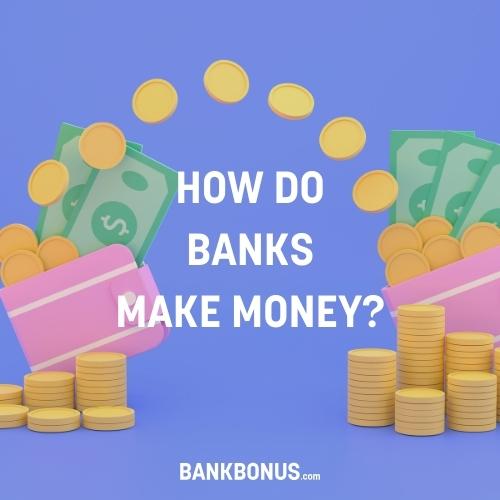When it comes to making payments, you will find a few different payment options available to you. While each payment method will have its pros and cons, ACH payments are among the most versatile ways to transfer money.
In this article, we’ll be looking at everything that there is to know about ACH payments, including how they work and what information you need to make an ACH transfer.
What Is An ACH Payment?
An ACH (Automated Clearing House) payment refers to a type of Electronic Funds Transfer (EFT) that transfers funds from one bank account to another through the Automated Clearing House network.
This process is often automated and allows payments to be sent and received in less time than other, more traditional methods. Let’s look at what this means in more detail.
When you open a bank account and deposit money, the bank does not keep your cash separately in a box reserved just for you. All the money goes into one big pool, which the bank uses to lend money to other people.
One such way the bank lends money is by offering mortgages to other customers. The bank does this to make money from the interest paid, which it then uses to give you interest on your savings account.
What this means is that your account is electronic rather than physical. The banks’ computers keep track of how much money you deposit and withdraw so that they can update your account balance.
Because accounts are electronic, money can be transferred from one account to another electronically.
Is An ACH Payment Safe?
There are several checks and balances along the way, so it’s very safe. This process of sending money from one bank account to another through the ACH network, including the checks and balances along the way, makes up an ACH payment.
The ACH is a network that allows money to move between different accounts – even if those accounts are with different banks.
Since all banks have to connect to this one network, rather than connect with every other bank in the country, it is much easier to send and receive money from different accounts.
The organization that runs ACH is called NACHA (National Automated Clearing House Association), a US institution dedicated to developing, maintaining, and managing this network. NACHA is also the payment processor of ACH transfers.
Is An ACH Transfer The Same As A Wire Transfer?
It is well worth noting that it does not represent the only way to send and receive money, with wire transfers being one of its biggest competitors.
The ACH network includes more than 10,000 financial institutions in the United States, which gives it a far and wide reach. As a result of that, you can receive money from and send money to virtually any account in the country.
With a wire transfer, the money is being transferred from one account to another just like an ACH, but rather than the money moving through the ACH, the bank is acting as the middleman.
How Do ACH Payments Work?
It’s worth pointing out that there are two types of ACH payments. ACH debit payments “pull” the money from your account, while ACH credit transactions allow you to “push” money to different banks.
The person or company that wants to make an ACH payment is called the originator, while the person who receives the payment is the recipient.
Once the originator submits the payment, their bank will hold on to it for a little while. This delay happens because payments are sent to the ACH network in batches at specific intervals throughout the day.
The bank from which the direct deposit originates is called ODFI, which stands for Originating Depository Financial Institution.
When it’s time for the bank to send out the payments, it releases all of the direct deposits that would have accumulated since their last window.
These then go to the ACH operator, who sorts them out according to the bank they are going to, also called the RDFI – Receiving Depository Financial Institution.
Once the RDFI receives the instructions, it reconciles the account and ends the process.
Benefits of ACH Payments
ACH payments take away many of the hassles that handling cash and paper checks involve.
- ACH payments allow companies to pay all of their employees without withdrawing all of the pay in cash, sorting it into envelopes, and distributing it among their workforce.
- ACH payments make it possible for people to pay for things right from the comfort of their own home without having to go to the ATM and physically go pay. Checks can be more efficient than cash, but they still need to be ordered, filled in, mailed, deposited, and processed before they make it into your account.
- ACH payments make it easy to send and receive money. In most cases, you can make payments from your internet or mobile banking without having to visit anywhere or wait for the mail to arrive.
- You can also set up ACH payments as recurring direct deposits, which means that if you’re paying for something through several monthly payments, you can set up an ACH payment to transfer money on a specific date automatically.
- It can save you a lot of time and help you make sure that payments are sent and received on time. Making timely payments means you’re less likely to be surprised by late penalties or overdraft fees, and that’s always a bonus.
- ACH payments are convenient if you’re a small business, whether you want to pay your employees or complete a make a business-to-business (B2B) payment.
- ACH payments are an excellent alternative to paper check and credit card payments for businesses because they’re faster than checks (same-day ACH payments are available!) and tend to have lower transaction fees than credit card payments.
- Setting up ACH is often very easy to set-up yourself after you open a business checking account.
How Are ACH Payments Used?
ACH payments are used for many things since they provide many advantages over other methods to send money, as we saw in the previous section.
Here are some of the ways people may use ACH payments:
- Employers to pay employees;
- Government to pay benefits;
- Government to pay tax refunds;
- People to pay bills and make loan payments;
- People to transfer money to other people;
- People to make charitable contributions.
In most cases, ACH payments are also faster than most other methods available – certainly faster than cash or checks.
How Long Do ACH Payments Take?
In most cases, your recipient will receive the ACH transfers on the same day, depending on a few conditions.
If you are the one sending money, you’ll need to make the direct deposit as early as possible to make sure the recipient gets it the same day.
Making the deposit earlier in the day gives the transfer enough time to clear the ACH network while helping you ensure that you make it before the bank’s cut-off time.
However, if you make it last in the day, you can expect a direct deposit to come through the following day.
One of the other advantages of ACH payments is that you can also set them up to be sent and received on a particular day, which is very handy since some payments, such as paychecks, are scheduled to be received on certain days.
Being able to set the date gives you more control over your money and how it moves around.
How Do I Set Up An ACH Payment?
As we saw earlier, in most cases, ACH payments can be set up from the comfort of your home using internet banking or virtually anywhere using mobile banking.
How easy it is to make an ACH payment will largely depend on the bank and the apps they offer.
Some banks may also allow their customers to set up a direct deposit by getting in touch with their customer support.
You can send an ACH payment (also called ACH debit) to pay for different things, like your utility bills and making other bill payments.
Paying through ACH transactions can help you ensure payments are received on time (since these take 1 – 2 business days).
Typically, you’ll make ACH payments from your checking account, so you’ll need to make sure that you have enough money in your account first.
You can even set up ACH direct payments as recurring payments if you’re paying for something regularly.
If you are receiving a direct deposit, you will need to provide the originator with some information – the same kind of information you need to provide if you send money to someone else.
Having this information will allow you to send and receive money safely. Some of the details can be sensitive, so be cautious.
Always make sure that you’re only sharing this information with people and companies you trust.
What Information Do I Need?
You’ll need to provide some information to be able to receive direct deposits.
If you’re the one sending money, you will also need this information from the person or company you’re sending money to so that the direct deposit can safely reach their account.
Either way, this is the information you’ll need to provide:
- The routing number of your bank;
- The bank account number you’re sending money to;
- The type of bank account you’re sending the money to;
- The address of the bank that holds the account you’re sending money to;
Frequently Asked Questions
What does ACH stand for?
ACH stands for “Automated Clearing House”.
What is an ACH payment?
An ACH payment method uses the ACH network to transfer money from one bank account to another. ACH payments are typically processed in near real-time and come with have low or no processing fees.
What is ACH, and how does it work?
ACH is technically a network that connects all US banks, allowing for fast payment processing and money transfers.
What is needed for ACH payment?
For an ACH payment, you will need to have the bank account information of where the ACH payment is going. This information includes routing numbers, account number, type of bank account, and the bank’s physical address.
What does an ACH form mean?
An ACH form is a form that allows you to fill in the details required to receive an ACH payment.
What are some alternatives to ACH payments?
If you don’t want to make an ACH payment for some reason, there are other excellent payment options you might want to check out.
Some of the more traditional ones include money transfer via Western Union, while some examples of more modern ones include:





Comments are closed.
Comments are closed here.